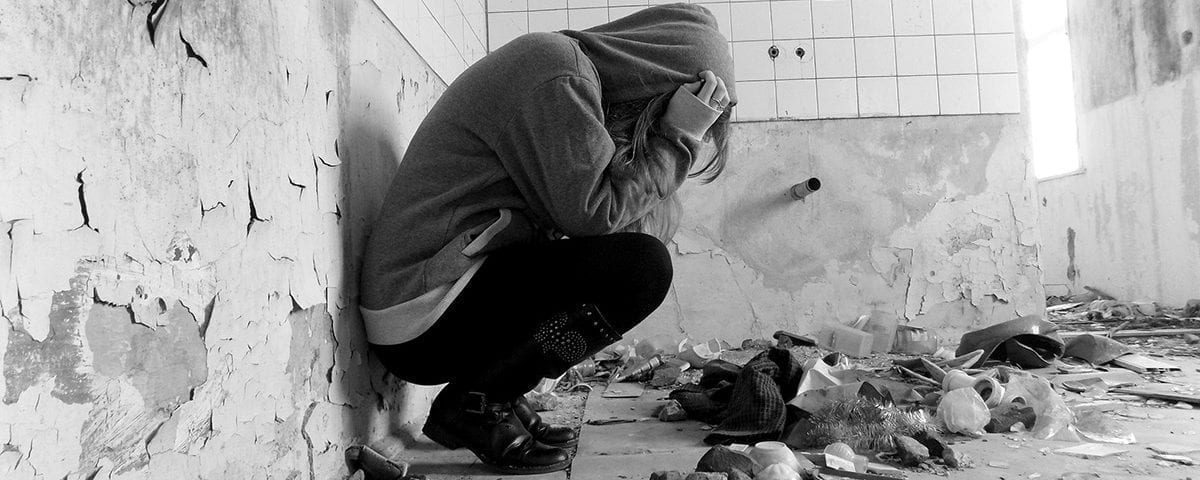If OxyContin is taking over your life, detox is the way to go. OxyContin is a powerful opioid similar to, and often a stepping stone toward, heroin.
Even by itself, though, this prescription drug can be incredibly addictive. Dependency is usually accidental. It can be identified by all the usual signs of drug addiction: anxiety about obtaining more of the drug, compulsive use, increased tolerance, failure to moderate and control dosage. As with any addiction, the first step toward recovery is acknowledging the problem. While that may not be easy, especially considering the stigma of drug abuse in the United States, the greatest challenges will be detox, a short period after quitting at which withdrawal symptoms are at their worst; and long-term sobriety, which challenges the addict on a primarily psychological base. Getting through these processes requires responsibility, determination, and patience from the addict, as well as some peer support.
Some options for treating Oxycontin addiction:
- Medication. There are several successfully tested pharmaceuticals for treating opiate dependency. These medications can sometimes spiral into addictions of their own, but this can be avoided by following physician-ordered dosages, and by consulting your physician if you feel your prescribed dosage is problematic.
- Behavioral treatments. Cognitive behavioral therapy, a typical element of both in-patient and out-patient drug rehab, is a field that is only showing more and more promise in managing substance abuse. It runs off the notion much of what causes addiction is a failure of reasoning: false thoughts and impressions lead us to want to use. Whereas much of addiction treatment focuses on tolerating the urge to use, cognitive behavioral therapy attacks that urge itself using a psychological angle. Helping patients understand that their thoughts are wrong – that fears are irrational, that their attitude is illogical, that their impressions are false – can actually bog down their desire to use. In a broader sense, other behavioral treatments – like support groups – help us identify and avoid triggers.
- A combination of both. Most successful treatment programs employ both pharmaceuticals and behavioral treatments. Finding the right mix of medicine and behavioral treatment can be tricky. Figuring out which medication works best is a process that requires both patience and flexibility. Medications take a while to kick in, but once they do, addicts should be open-minded about whether or not they are working.









